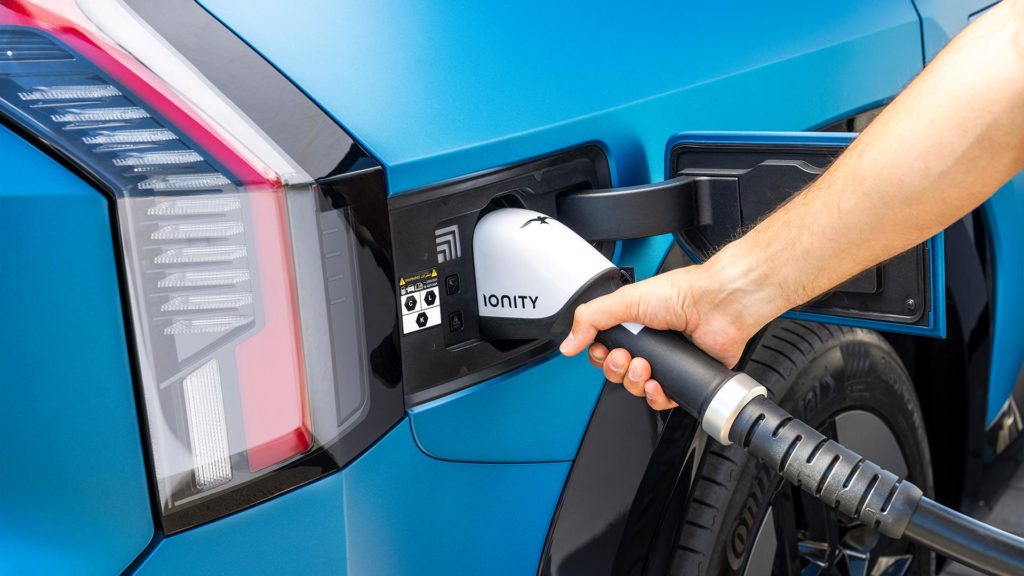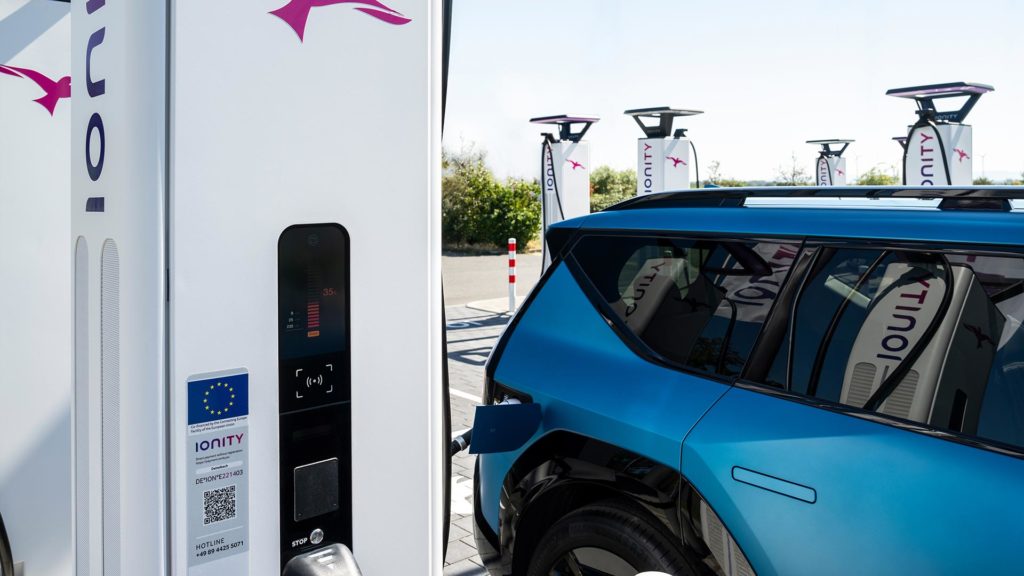Plug & Charge simplifies the process of charging an electric car by removing the need to use an RFID card, smartphone app or contactless payment. The name couldn’t be more appropriate: you simply plug in and charge.
Of course, you need to set up the service in the first place, so what do you need to know about this next-generation method of charging? Read on to discover more about Plug & Charge and why it could represent the future for electric car owners.
What is Plug & Charge?
Plug & Charge is an advanced solution for hassle-free electric car charging. As soon as the charging cable is inserted in the port, the vehicle is automatically identified at the charging station and authorised for charging.
Because the car stores your payment details like a digital wallet, a charging card or app is no longer required.
If you looked at Tesla owners’ access to the Supercharger network with envious eyes, the rollout of Plug & Charge will be music to your ears, because it works in a similar way.
How does Plug & Charge work?

Plug & Charge operates in accordance with ISO 15118, the international standard for charging EVs, to provide a secure, certificate-based authentication process. When you plug in at a public charging station, the session is read directly from the car and starts after successful authentication. Billing is also automated, so there is no need to worry about paying for the session.
There were concerns that adding credit card readers to public chargers would make them vulnerable to hacking and fraud. However, the Plug & Charge solution should alleviate such concerns.
As outlined by the Electroverse website, Plug & Charge will only work once two requirements are met. These are:
- The electric car must be compatible with Plug & Charge and have a Plug & Charge certificate installed
- The charge point must have Plug & Charge capability implemented
If these are met, an encrypted connection is established. During this ‘handshake’ – also known as a TLS (Transport Layer Security) – the car will check the charge point’s certificates to inspect its legitimacy. If verified, the charging process will start automatically.
All of this happens invisibly in about 10-15 seconds.
Which electric vehicles support Plug & Charge?
To work with Plug & Charge, the electric car must usually have been built since July 2022 and have a compatible software update. However, some manufacturers have said that they will deliver updates to enable backward compatibility for older EVs. For example, Genesis says it is planning an install an update to offer Plug & Charge to existing GV60, GV70 and G80 owners.
Dr Susanne Koblitz, head of charging tech at Ionity, said most electric cars built after 2017 have the potential to include Plug & Charge technology.
At the time of writing, the list of Plug & Charge-compatible cars includes:
- Audi Q4 e-tron
- Audi Q8/SQ8 e-tron
- Cupra Born
- Ford Mustang Mach-E
- Genesis GV70 (2024 model year)
- Genesis G80 (2024 model year)
- Mercedes-Benz EQA
- Mercedes-Benz EQB
- Mercedes-Benz EQE
- Mercedes-Benz EQS
- Porsche Taycan
- Skoda Enyaq
- Volkswagen ID.3
- Volkswagen ID.4
- Volkswagen ID.5
- Volkswagen ID. Buzz
- Volkswagen ID. Buzz Cargo
The list is expanding, with BMW recently announcing that Plug & Charge will be available in its electric cars. If in doubt, check with the vehicle manufacturer or consult your local dealer.
Can I use Plug & Charge at every charging station?

In the UK, only Ionity charge points (pictured above) currently support the Plug & Charge standard. Click here for a map of Ionity chargers in the UK and across Europe.
There are other options if you take your electric car abroad, however, including Shell, Aral Pulse, Fastned, Enol, EON, Iberdrola and Eviny.
Is there a cost for Plug & Charge?
The Plug & Charge service is free and you will incur no additional costs, other than the actual fee for charging your car.
How to install Plug & Charge
If your vehicle is Plug & Charge compatible, you have to register it first via the Electroverse website. There are several steps to take, but you will need the car’s registration number and VIN number – usually stamped at the base of the windscreen – to create a PCID (Provisioning Certificate ID).
Once this is confirmed, the manufacturer in question will create a Plug & Charge certificate. This protects the vehicle and the user’s data during the Plug & Charge process.
Volkswagen says that Plug & Charge will eventually make carrying around EV charging cards a thing of the past. Time will tell if this forecast is accurate.
Click here to get started if you think you have an eligible vehicle.
ALSO READ:
How long do electric cars take to charge?
What is the difference between slow, fast and rapid EV chargers?
What is regenerative braking – and how does it improve EV range?


[…] What is Plug & Charge for electric cars? […]
yoctxj